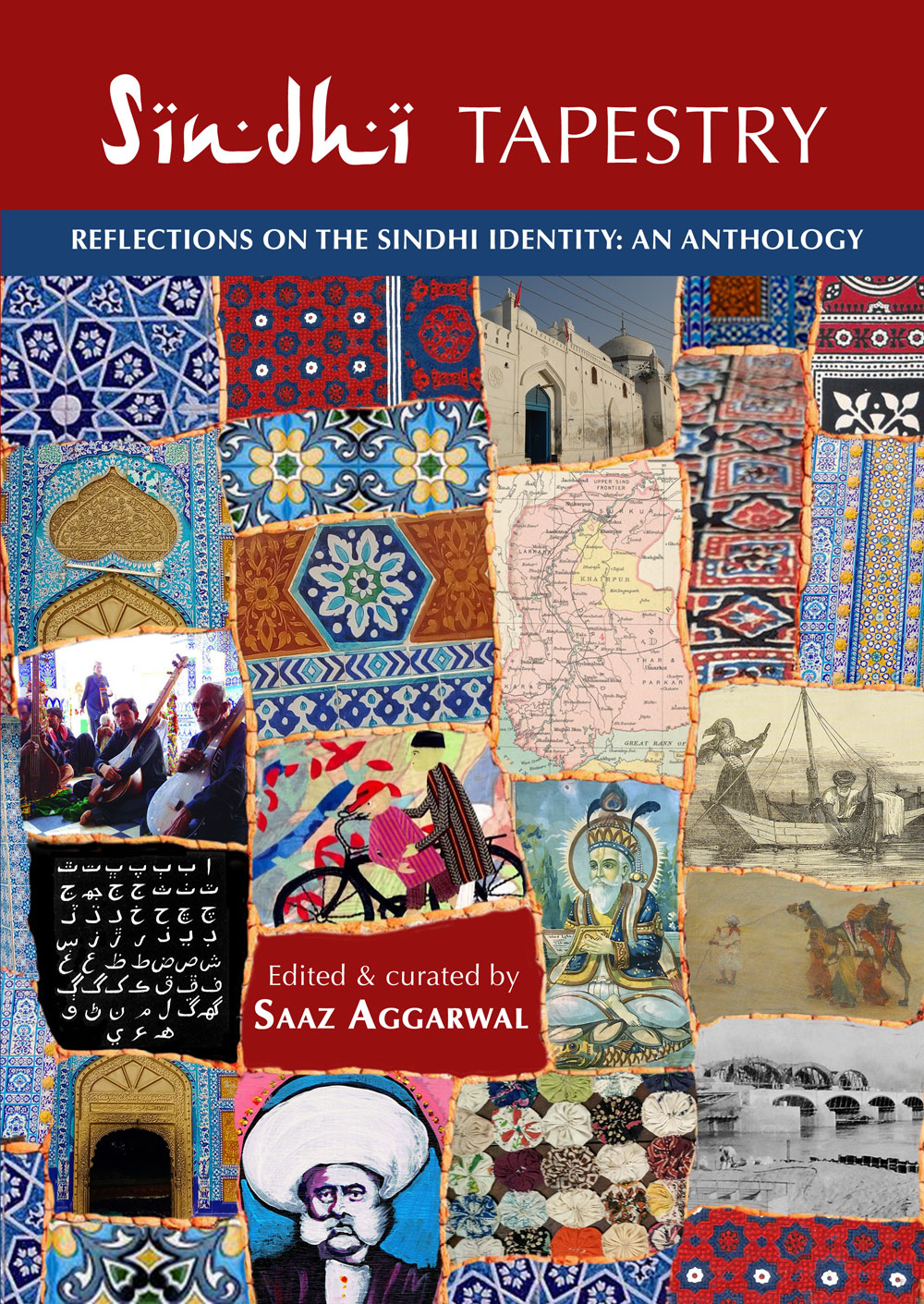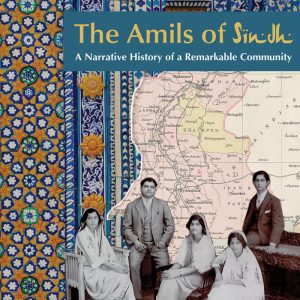Lines of Depth & Beauty
Sindhi Tapestry
Here is an ethnic group, abruptly displaced by the Partition of India in 1947, who lost everything. Role-model refugees, they went on to achieve pinnacles of success in every walk of life, contributing significantly to the communities in which they settled, in countries around the world.
Having fled a homeland that was quickly occupied by others, their history lapsed. Their language and culture dissipated, and their identity grew nebulous as they merged into adopted homelands, while tenuous connections to places they would never see sometimes lingered.
The dispersal and the aftershocks resulted in a lack of political representation. Their hard work, enterprise and material success faced them with prejudice and resentment in their adopted hometowns in newly independent India. Unflattering caricatures arose, and these served to distort perceptions others had of them, creating a diffidence within them about themselves and the past that had shaped them. Firmly putting that past – including its language, poetry, philosophy, art and music – aside, they faced their challenges resolutely. As they established themselves, many even grew to extraordinary wealth – an unexpected outcome that only served to enhance the negative stereotypes.
In 1947, India was partitioned, and Pakistan was formed on the basis of religion. The Hindu Sindhis, rendered homeless by this act, scattered and settled in different places where they established themselves as an enterprising and hardworking people and became financially successful in a surprisingly short period. Behind this façade, the history of this ethnic community was obscured and has only recently begun to be investigated, and many fascinating facts have emerged.
₹500.00


